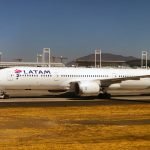
Virgin Australia: Update on progress, Virgin and Queensland stake
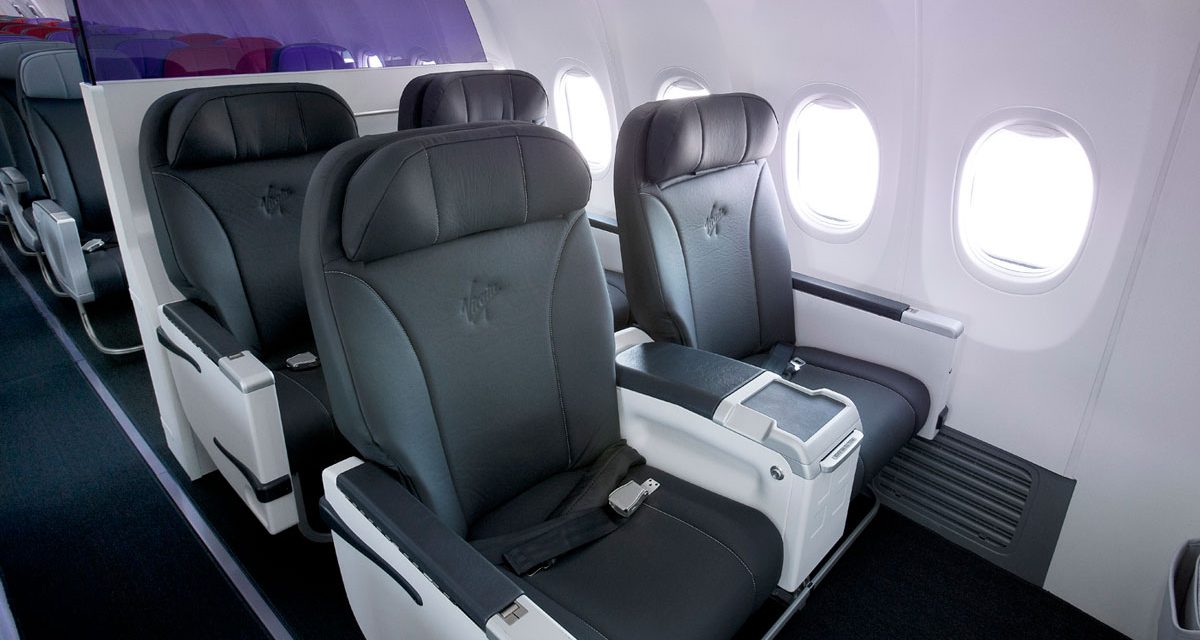
Bain Capital officially takes over Virgin Australia at the end of October, so there are many negotiations they need to conclude before then.
Content of this Post:
Richard Branson and Virgin Group Stake
With the old Virgin Australia (VA), Mr Branson had a 10% stake, but as part of the sale to Bain by the administrators, all old shareholders capital stakes are wiped out. Virgin Group and Branson stand out from other shareholders in that they also had a licensing agreement with VA for the Virgin Brand, which the airline plans to retain.
There appears to be a bit of haggling over what percentage Branson will get. Basically, he wants 10% and Bain is offering 5%. Branson used to earn AU$15 million a year as a license fee for the brand. Branson is also offering up to AU$100 million to retain his 10% of the airline.
It’s likely there will be some compromise involving either a lessening of the license fee for a greater shareholding or a bigger license fee for the reduced percentage stake.
Queensland to get 7% on its AU$200 million investment
The Queensland government through its investment corporation has signed a 10 year deal with new owners Bain Capital. Queensland Treasurer, Cameron Dick (you’d change it, wouldn’t you?) is claiming a 7% return on that money over the life of the agreement. That percentage also covers about 2% equity stake in the company for about AU$20 million, valuing the company at AU$1 billion. Didn’t Bain pay AU$3.5 billion?
So maybe if Branson should be getting 10% if he puts in that extra AU$100 million (is my maths correct?)
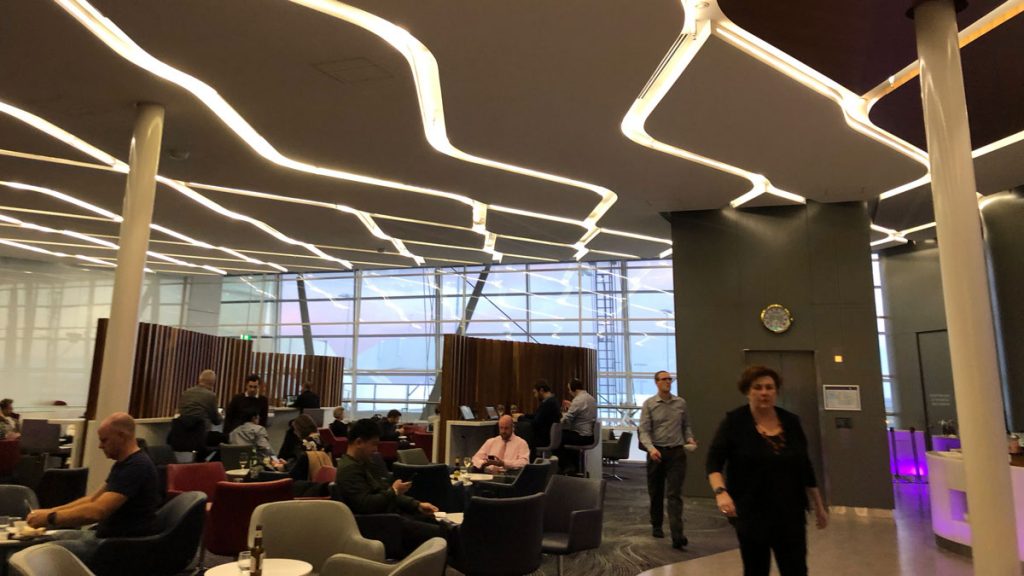
Virgin Australia’s future
Back in August, Virgin announced its priorities under the new owners. Many observers feared that Virgin Australia would bow out of the competitive business market, while others could not see a successful strategy, without Virgin getting its fair share of corporate types. In either case, commentators think it’s important that Qantas be given some competition in those first few rows of the domestic 737’s.
So what do we know about the new approach?
Really its just a new improved version of the old approach, with the advantages of ditching costly supply and leasing agreements because of the administration process. We know that Virgin Australia 2.0 will:
- retain a two-class cabin
- retain a lounge network
- retain and improve tier status perks
- have a simplified fleet of 737s
- reduce its cost base
- market better value, lower-cost fares
- retain frequency on major routes
- renegotiate labour awards and contracts
The administration process has allowed Virgin to dump its expensive leases for some aircraft including its A330 fleet, renegotiate supply and leasing agreements, sort out some disputes with airports, and we now learn, renegotiate pay with its cabin and flight staff. The advantage this will give Virgin Australia is a much lower cost base than Qantas is saddled with.
With the horrific downturn in the air transport industry caused by the pandemic, pilots, cabin crew, plane lessors, airports and other suppliers don’t have a lot of leverage to maintain the old costs. All of these agreements are likely to be cut to the bone, and that will have consequences with thousands of workers losing their jobs.
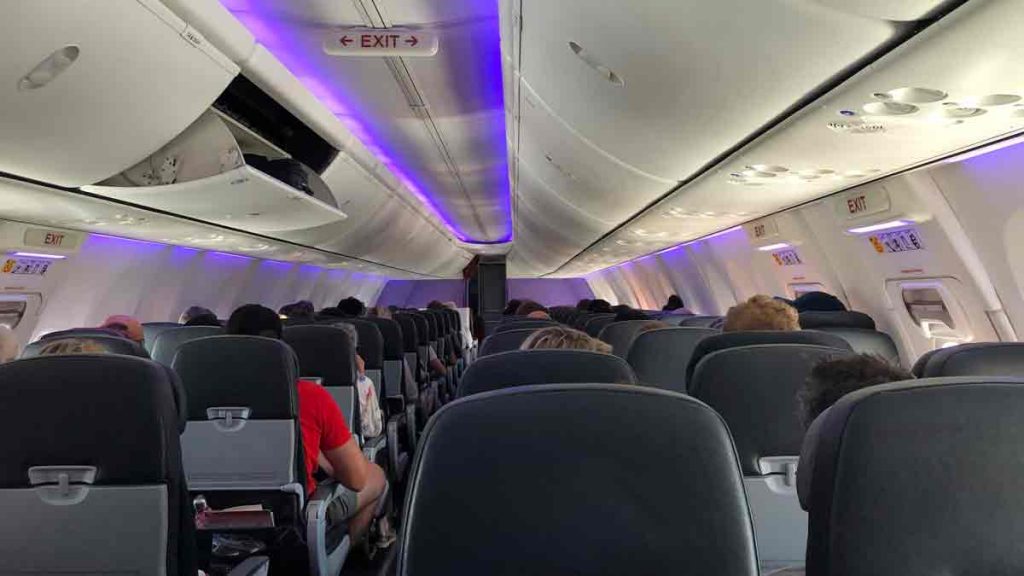
2PAXfly Takeout
This is another timely reminder to wear your seatbelt when seated. Holding you close to your seat will protect you from the sort of injuries sustained on this flight, when unsecured passengers flew to the ceiling of the aircraft, and then came crashing down once the ‘drop’ ceased.
The hope will be that this is an anomaly – a ‘freak accident’ in casual parlance. If it is a systemic error either mechanical or electronic, then this is a larger concern for the airlines that fly Boeing Dreamliner 787 aircraft. Let’s hope it isn’t. If it is, it will pile on the woes to Boeing’s existing stack.
All domestic airlines are charging a premium to fly at the moment, while everything is uncertain and they are receiving government support. Fares have not been this high for a long time.
Once things approach normality, Qantas will need to thin those margins, while new, cheaper agreements for Virgin Australia will keep their cost base lower and their margins fatter than Qantas. On the Golden Triangle, if REX plays its cards right, it will also enter the market with a lower cost base and potentially higher margins while taking advantage of the powerlessness of labour, unions, suppliers and lessors in this pandemic affected industry.
Although Qantas is still the ‘big boy’ of domestic airline competition, it may not be so for long.
I’m looking forward to the competition these changes will bring to the domestic market, while I mourn the effect it will have on thousands of soon to be ex-airline staff.
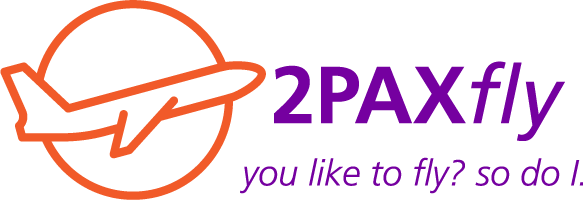
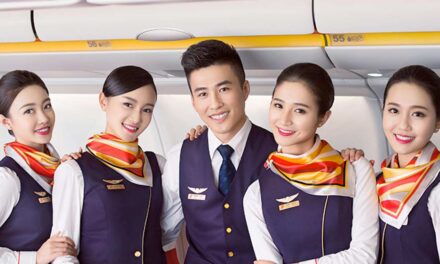
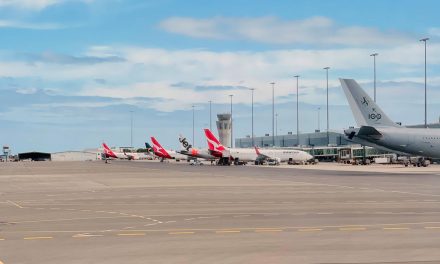
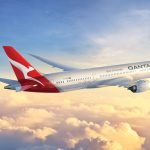

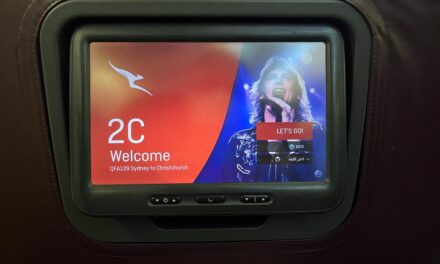
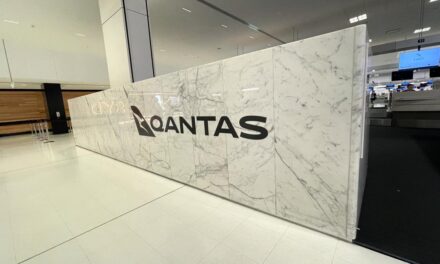
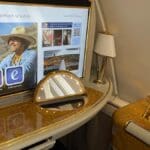
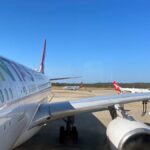
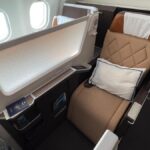
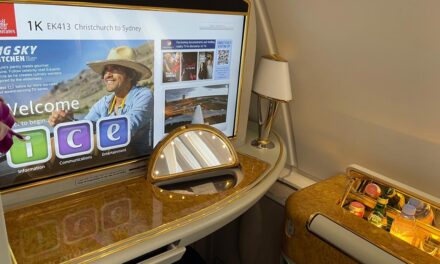
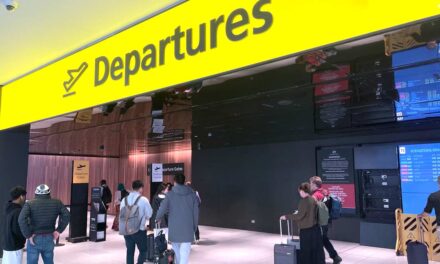
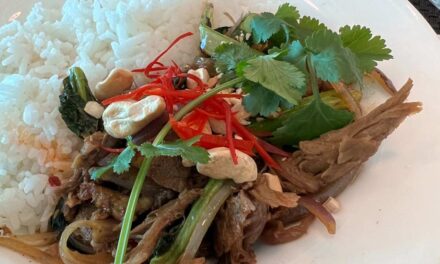
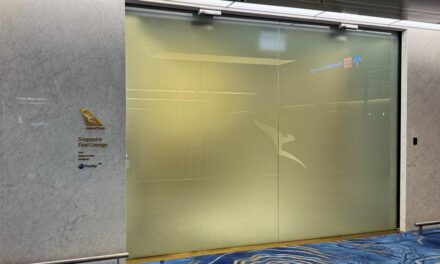
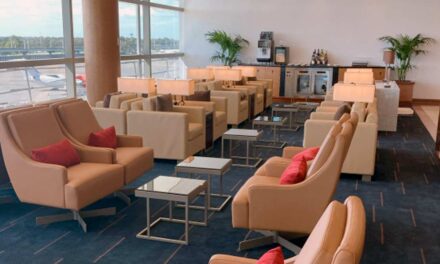

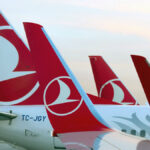
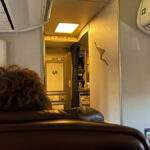
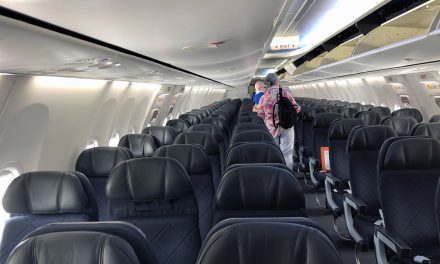
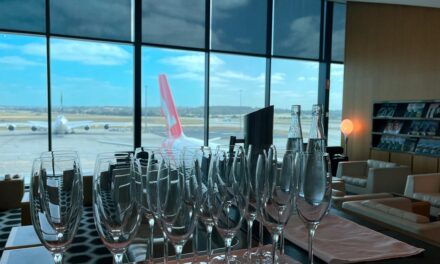
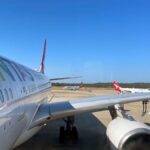
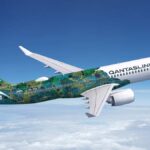
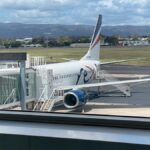
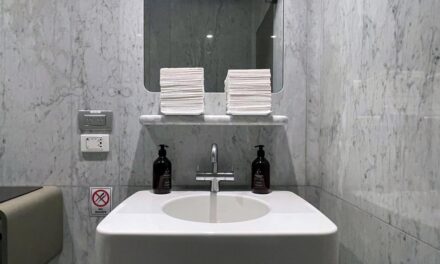
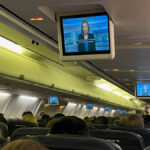



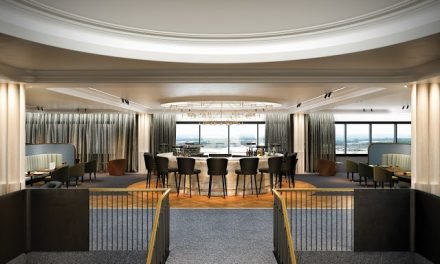
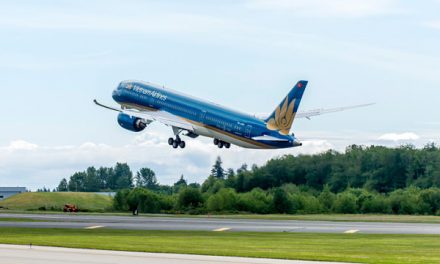
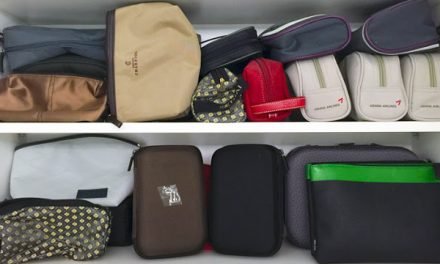

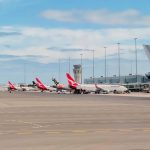
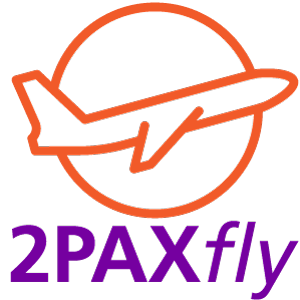
@ 2PAXfly Takeout
Great article and all your analysis of Virgin Australia Airlines.
My view is once Bain Capital has done the restructure, rightsizing and as you pit it mourn the effect it will have on thousands of soon to be ex-airline staff. Bain will put it up for sale
Singapore Airlines would be a buyer for a Virgin Australia assets cheaply and without the debt (perhaps together with a strong capital partner and a financial injection from Temasek Holdings’, Singapore $340 billion sovereign wealth fund, Temasek that owns 52% of Singapore Airlines, but no other airline partner this would put a re-emerged and simplified Virgin in a fairly strong position. If that happened, Qantas would still dominate the domestic market and would benefit from regional networks once we get to the other side of [the crisis], but Virgin/Singapore Airlines would become a formidable competitor on the core domestic routes (operated by VAH) and also international (operated by Singapore Airlines
Note, Singapore Airlines, has been flying in to Australia for over 50 years in Queensland 35 years with 28 flights a week from Brisbane. Cairns have weekly flights to Singapore with Silk Air now Singapore Airlines and up to its collapse owned 27% of Virgin Australia Airlines.
Australian Singapore Military Training Initiative. Singapore will invest around A$2.25 billion for Australia to develop and enhance training areas to meet the future needs of the Australian Defence Force and facilitate an increased presence of Singapore Armed Forces personnel.
The existing Shoalwater Bay Training Area in Central Queensland is being expanded and a new training area is being established near Greenvale near Townsville in North Queensland. These training areas will be owned and managed by the Australian Government.
When the ASMTI reaches maturity, up to 14,000 Singapore Armed Forces personnel will conduct training in Central and North Queensland over 18 weeks each year.
Singapore Airlines have always wanted a domestic carrier they missed out buying Ansett Australia in 2001 maybe this could be there chance when Bain Capital puts Virgin up for sale
I think you may be right. I would just push out the timeline. Virgin needs to make a profit so Bain can sell it and make money. I think that will take 3 to 5 years. Singapore Airlines will take a few years to recover itself before it can be spending billions on acquisitions.